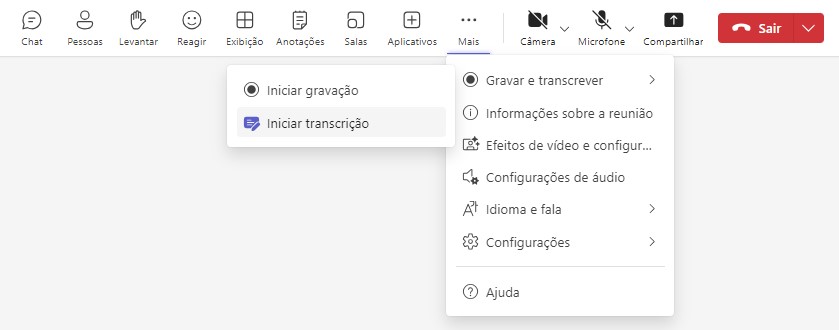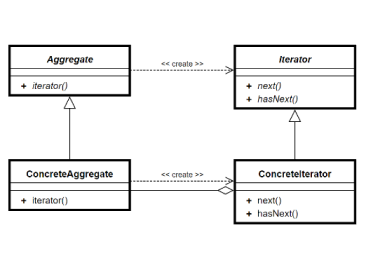Artificial Intelligence
How to use Artificial Intelligence to Analyze Meetings
3 min read
CWI has been using artificial intelligence as a resource to increase the productivity of its teams. One way to achieve this is reducing the time spent on activities like summarizing meetings and writing minutes.
In this article, we will share a simple way to optimize your time by using Microsoft Teams video call transcriptions so that a chatbot can quickly provide useful information. Enjoy!
✍️ The article was written based on an experiment by cwiser and Solutions Engineer Thiago Borba.
Benefits of using AI in meetings
It’s common several follow-up actions to be arranged throughout an online meeting. Occasionally, someone may be unable to participate and may need to watch the recording later.
Using an artificial intelligence tool to analyze the meeting can ease the work for those responsible for recording agreements, as well as for those who were absent, A chatbot can:
- Consolidate the main topics discussed at different points during the meeting;
- Be more efficient than a human watching the sped-up recording while distracted;
- Easily identify questions and actions that need to be taken;
- Summarize key points;
- Suggest necessary next steps.
See how simple it is below!
Step-by-step guide to analyzing meetings using Artificial Intelligence
The following instructions refer to the April 2024 versions of Microsoft Teams, ChatGPT and Gemini (formerly known as Bard). In 5 steps, you will have a video call transcript, main topics, predominant sentiment, action list and summary email.
1) Enable meeting transcription
For a chatbot to analyze an online meeting, it’s necessary to provide the video call transcript. Teams has this functionality; you just need to enable it.
During a meeting, click on “More” > “Record and Transcribe” > “Start Transcription”. All participants will be notified and the transcription will appear on the right side of the window.

2) Request a summary of the main topics
Copy the transcript into a conversation with an artificial intelligence. In our case, we tested with OpenAI’s ChatGPT and Google’s Gemini.
Simply send the transcript for the chatbots to provide summaries, even before a prompt requesting it. In our test with the record of a daily meeting, both AIs immediately listed the topics discussed by each of the 7 participants.
The prompt “Based on the provided transcript, summarize the meeting” produced a summary very close to what was said in the video call. We also used the prompt “What are the main 3 topics of the meeting?” and got good results.
3) Evaluate the predominant sentiment
Artificial Intelligence can also be used to help understand the emotional tone of a meeting – whether it is positive, neutral or negative.
A possible prompt for this is “Using a sentiment analysis algorithm, what is the predominant sentiment of the meeting?”. In the test with the transcription of a technical team meeting at CWI, Solutions Engineer Thiago Borba found the result provided by ChatGPT –”concern and urgency” – to be interesting.
“The detected sentiment strongly took into account the subject [VPN difficulties and security issues]”, Borba comments. “In the communication, urgency isn’t explicit, but when the topic is considered, the sentiment is one of urgency”.
In the test with the transcription of a daily meeting using Gemini, the analysis indicated that “there was a positive and collaborative sentiment in the air”. This assessment coincided with the feelings of those who actually participated in the meeting.
4) Plan follow-up actions
The prompt “Is there any action that needs to be planned?” can be quite useful in long or dense meetings. In the case of the conversation about the daily meeting transcription, Google’s artificial intelligence pointed out two activities that needed to be done and made suggestions, such as scheduling the next meeting, noticing that this didn’t happen in the current one.
Gemini also made the following recommendations:
- “It’s important that actions be assigned to specific individuals and deadlines be set for completion.”
- “The team should communicate regularly to track the progress of actions and to discuss any issues that may arise.”
- “It’s important for the team to be flexible and adaptable, as priorities may change over time.”
In the test with the technical team meeting, Borba evaluates that “the actions found are valid, although open”
5) Request email with summary and actions
To ensure that all meeting participants are on the same page, it’s common for someone to be responsible for documenting the topics and agreements. Artificial intelligence can also assist with this. Consider using this prompt:
“Write an email informing the main topics of the meeting, limited to 230 words and add the actions that need to be taken. Summarize each action in a maximum of 300 characters.”
In our tests, adjustments would be necessary in the email suggestion, but the structure was considered interesting and valid.
—
This is just one way to enhance productivity with artificial intelligence. Learn how our team is using AI to accelerate software development!


